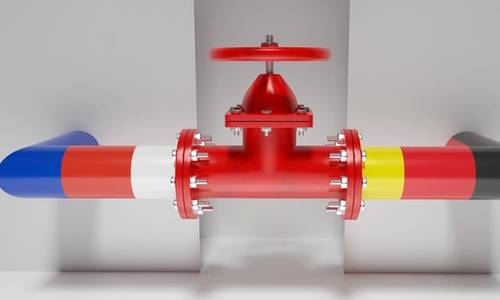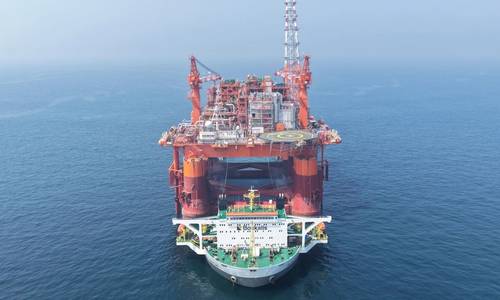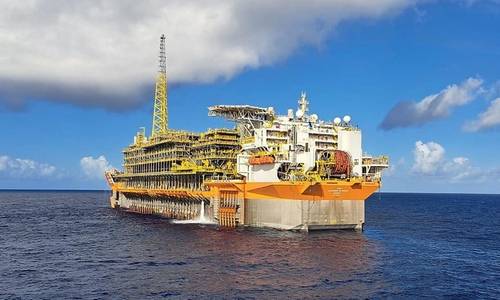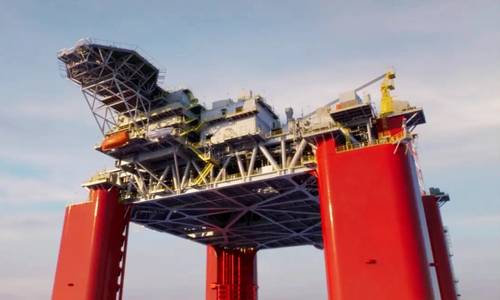Clean Hydrogen Breakthrough in South Korea
September 29, 2025
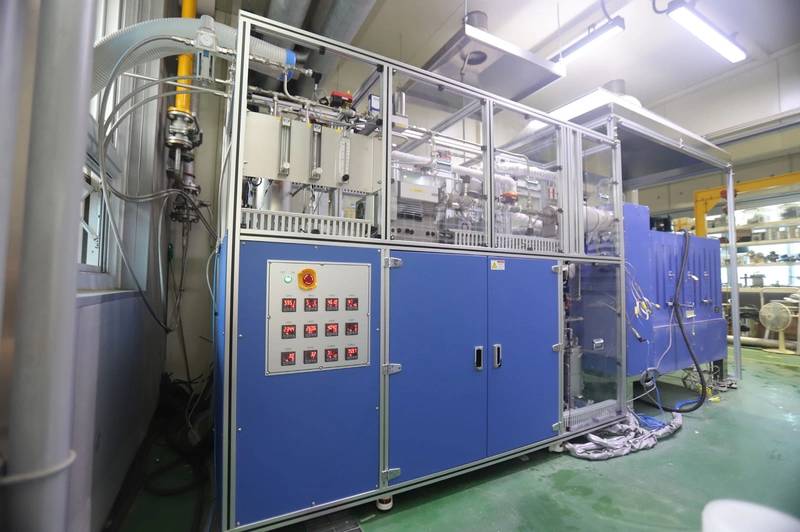
South Korea’s Korea Institute of Machinery and Materials (KIMM) has developed and demonstrated the nation’s first 20kW-class anode-supported solid oxide electrolysis cell (SOEC) system, completing more than 3,000 hours of stable, continuous operation with electrical efficiency above 83%.
The project marks a breakthrough for large-scale, low-cost clean hydrogen production, with strong potential applications in energy-intensive industries such as steelmaking, chemicals, and maritime.
By using external industrial waste heat at around 200°C to generate steam, KIMM’s system reduced electricity demand by more than 10% and cut hydrogen production costs by 25% compared with conventional alkaline and PEM electrolysis systems. The SOEC produces 6Nm³ of hydrogen per hour while consuming about 15% less electricity than existing technologies.
“This is the first time in Korea that anode-supported SOEC technology, once limited to lab research, has been validated at the full system level,” said Dr. Young Sang Kim, principal researcher at KIMM. “Integrating waste heat enables high-efficiency, low-cost hydrogen production, which will be vital to carbon neutrality and advancing the hydrogen economy.”
Backed by Korea’s Ministry of Trade, Industry and Energy (MOTIE) through KETEP, the project involved collaboration with partners including POSCO Holdings, KIER, and KCERACELL. KIMM now plans to develop next-generation ultra-high-efficiency SOEC systems exceeding 85% efficiency, supported by AI-based diagnostics to advance commercial deployment.
 The Research Team led by Principal Researcher Dr. Young Sang Kim of KIMM. Image courtesy KIMM
The Research Team led by Principal Researcher Dr. Young Sang Kim of KIMM. Image courtesy KIMM

